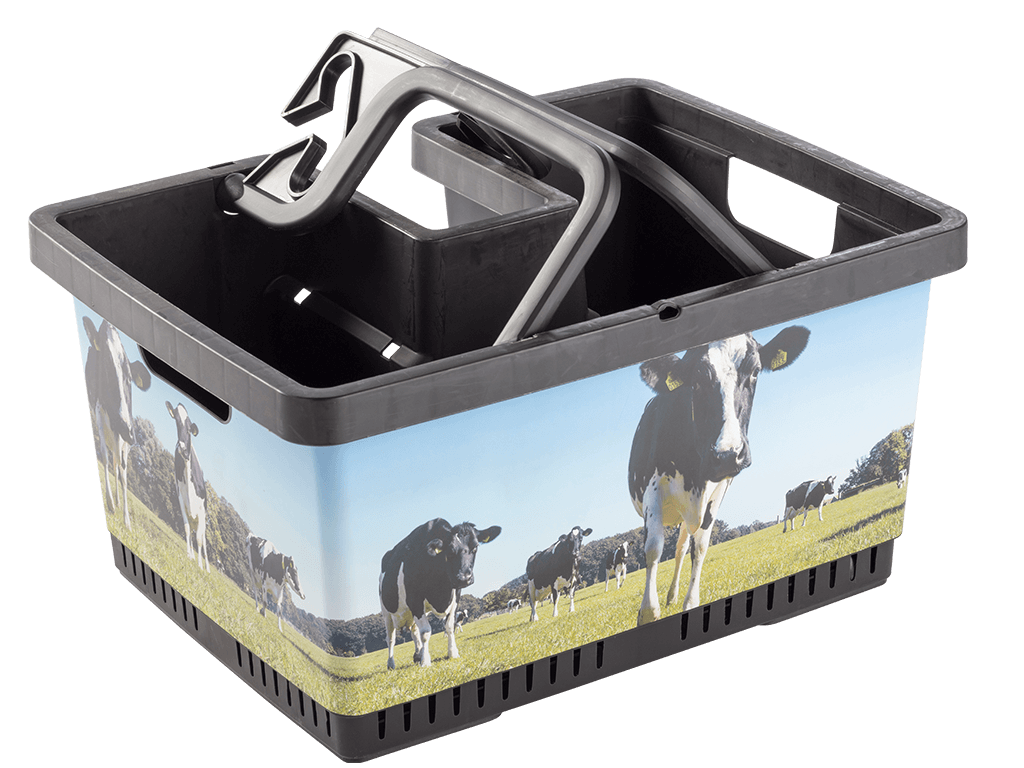Injection moulding with gas injection
When gas injection moulding, a gas (nitrogen) pushes the liquid plastic against the wall of the mould during the injection moulding process. The nitrogen is then discharged, leaving behind a hollow space. With this spraying technique, the mould has an injection point for the plastic and an injection point for the nitrogen. Gas injection moulding is ideal for making a light and handy product that still needs a certain rigidity to be solid and reliable. A car seat handle for small children, for example.
Less material needed
Larger wall thicknesses possible than, for example, with vacuum forming, but retaining low weight
Fast cooling time

Product example
A bike basket should of course be easy to handle. In other words: solid, yet lightweight. Our bike basket Mybasket is a good example of this. The handles were created by means of gas injection moulding. The walls therefore have the right and reliable thickness, but the product as a whole remains light.
Other injection moulding techniques
Hollarts' machinery is equipped with various injection techniques that complement the standard plastic injection moulding. In step 2 of our approach, we are often already able to determine which technique best meets your requirements.


